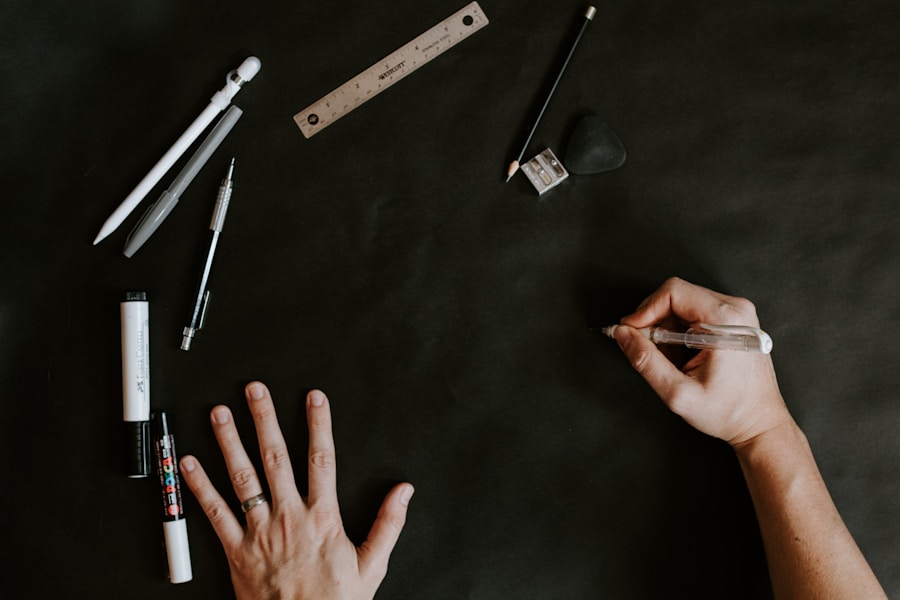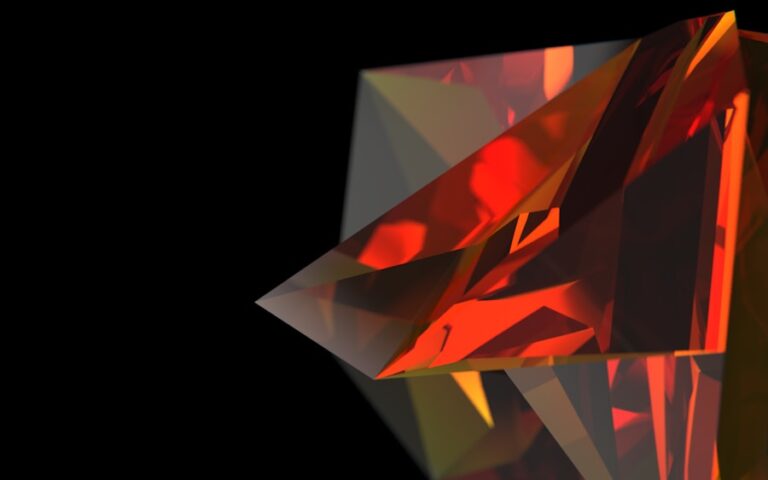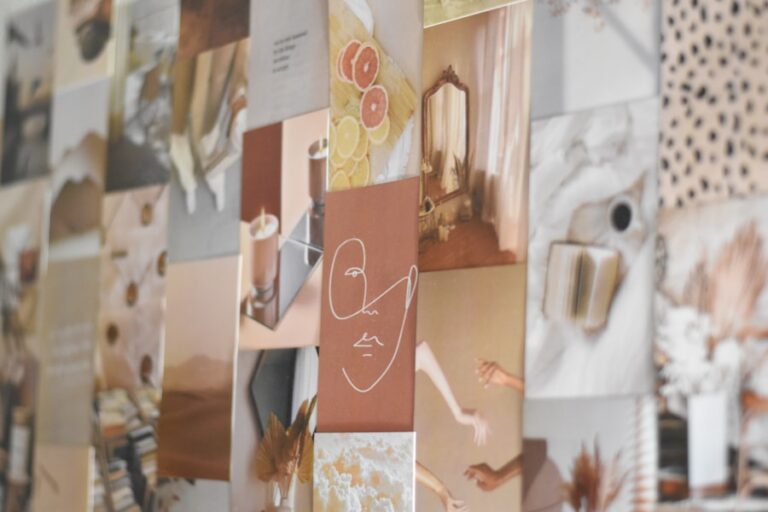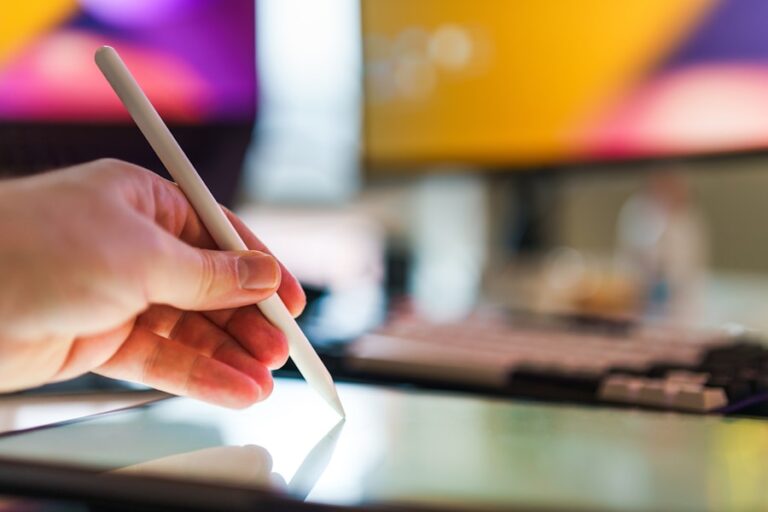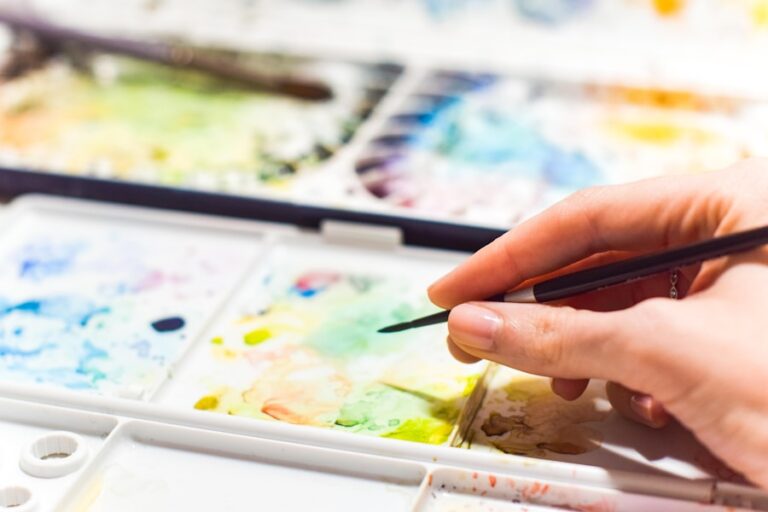Unleashing Creativity: Exploring the Pros and Cons of Digital Art and Traditional Art
Art has always been a reflection of the society and culture in which it is created. With the advancement of technology, the art world has undergone a significant transformation, giving rise to the digital age of art. Digital art encompasses a wide range of artistic expressions, from digital painting and photography to 3D modeling and animation. This evolution has brought about a new era of creativity and innovation, challenging traditional notions of art and expanding the possibilities for artistic expression.
The digital age has democratized art in many ways, making it more accessible to a wider audience. Artists no longer need expensive materials or studio space to create and share their work. The digital medium also offers unparalleled versatility, allowing artists to experiment with different styles, techniques, and mediums without the constraints of physical limitations. Furthermore, digital tools and software have made the creative process more efficient, enabling artists to iterate and refine their work with ease. As a result, digital art has become a powerful force in shaping contemporary culture and visual communication.
Pros of Digital Art: Accessibility, Versatility, and Efficiency
One of the most significant advantages of digital art is its accessibility. Unlike traditional art forms that require physical materials and space, digital art can be created and shared using a computer or tablet. This accessibility has opened up new opportunities for aspiring artists, allowing them to explore their creativity without the barriers of cost or resources. Additionally, digital art can be easily distributed and shared online, reaching a global audience in a matter of seconds.
Another key benefit of digital art is its versatility. With digital tools and software, artists can experiment with a wide range of styles, techniques, and mediums without the need for physical materials. This flexibility allows for greater creative exploration and innovation, pushing the boundaries of traditional artistic expression. Whether it’s creating hyper-realistic digital paintings or immersive 3D animations, the possibilities are endless in the digital realm.
Furthermore, digital art offers unparalleled efficiency in the creative process. Artists can easily edit, manipulate, and refine their work with the click of a button, saving time and resources compared to traditional methods. This efficiency allows for greater productivity and experimentation, empowering artists to push their creative boundaries and produce high-quality work at a faster pace.
Cons of Digital Art: Lack of Tangibility, Overreliance on Technology, and Reproducibility
Despite its many advantages, digital art also comes with its own set of drawbacks. One of the most commonly cited disadvantages is the lack of tangibility. Unlike traditional art forms that exist in physical space, digital art is often experienced through screens and devices, lacking the tactile and sensory experience of traditional mediums. This can create a disconnect between the artist and the audience, as the physical presence of the artwork is diminished in the digital realm.
Another concern with digital art is the overreliance on technology. As digital tools and software continue to evolve, there is a risk of artists becoming dependent on these technologies, compromising their artistic skills and creativity. Additionally, the rapid pace of technological advancement can lead to obsolescence, as older file formats and software become incompatible with newer systems, potentially jeopardizing the preservation of digital artworks.
Furthermore, digital art raises questions about reproducibility and authenticity. With the ability to create exact copies and reproductions at the click of a button, the value and uniqueness of digital artworks can be called into question. This challenges traditional notions of originality and ownership in the art world, raising concerns about copyright infringement and intellectual property rights.
Pros of Traditional Art: Authenticity, Physical Engagement, and Timelessness
Traditional art forms have stood the test of time for their authenticity and physical engagement. Unlike digital art, traditional mediums such as painting, sculpture, and printmaking offer a tangible and sensory experience that cannot be replicated in the digital realm. The act of physically creating art with one’s hands fosters a deep connection between the artist and their work, imbuing it with a sense of authenticity and emotional resonance.
Furthermore, traditional art forms have a timeless quality that transcends technological trends and fads. Paintings, sculptures, and other physical artworks have endured for centuries, serving as enduring testaments to human creativity and expression. The permanence of traditional art forms allows for a deeper appreciation of craftsmanship and skill, as well as a tangible connection to cultural heritage and history.
Cons of Traditional Art: Limited Resources, Permanence, and Accessibility
While traditional art forms offer unique advantages, they also come with their own set of limitations. One of the most significant drawbacks is the limited resources required for traditional art creation. Paints, canvases, sculpting materials, and other physical mediums can be costly and require specialized skills to use effectively. This can create barriers for aspiring artists who may not have access to these resources or the means to acquire them.
Additionally, traditional artworks are often subject to the limitations of permanence. Paintings can fade or deteriorate over time, sculptures can be damaged or destroyed, and printmaking plates can wear down with use. This fragility can pose challenges for preserving traditional artworks for future generations, raising concerns about conservation and restoration efforts.
Furthermore, traditional art forms are often confined to physical spaces such as galleries and museums, limiting their accessibility to a wider audience. Unlike digital art that can be easily shared online, traditional artworks require physical presence for viewing and appreciation. This can restrict the reach and impact of traditional art forms in an increasingly globalized world.
Finding the Balance: Integrating Digital and Traditional Art
In light of the strengths and weaknesses of both digital and traditional art forms, there is an opportunity to find a balance between the two mediums. By integrating digital tools and techniques with traditional artistic practices, artists can harness the best of both worlds to create innovative and impactful works.
For example, many contemporary artists are using digital software to enhance their traditional paintings or drawings, adding layers of depth and complexity that would be difficult to achieve with traditional methods alone. Similarly, 3D printing technology has opened up new possibilities for sculptors to create intricate and detailed works that push the boundaries of traditional sculpture.
Furthermore, the integration of digital and traditional art has expanded opportunities for interdisciplinary collaboration and experimentation. Artists are exploring new ways to combine physical and digital elements in immersive installations, interactive experiences, and multimedia performances that challenge conventional notions of artistic expression.
Embracing the Diversity of Artistic Expression
In conclusion, the evolution of art in the digital age has brought about new opportunities for creativity and innovation while also posing challenges to traditional artistic practices. Both digital and traditional art forms offer unique strengths and weaknesses that contribute to the rich diversity of artistic expression.
As we continue to navigate this dynamic landscape, it is important to embrace the diversity of artistic expression and find ways to integrate digital and traditional mediums in meaningful and impactful ways. By doing so, we can foster a more inclusive and vibrant artistic community that celebrates the unique qualities of each medium while pushing the boundaries of creativity and innovation. Whether it’s through digital painting or traditional sculpture, the power of art lies in its ability to inspire, provoke thought, and connect us to our shared humanity.

